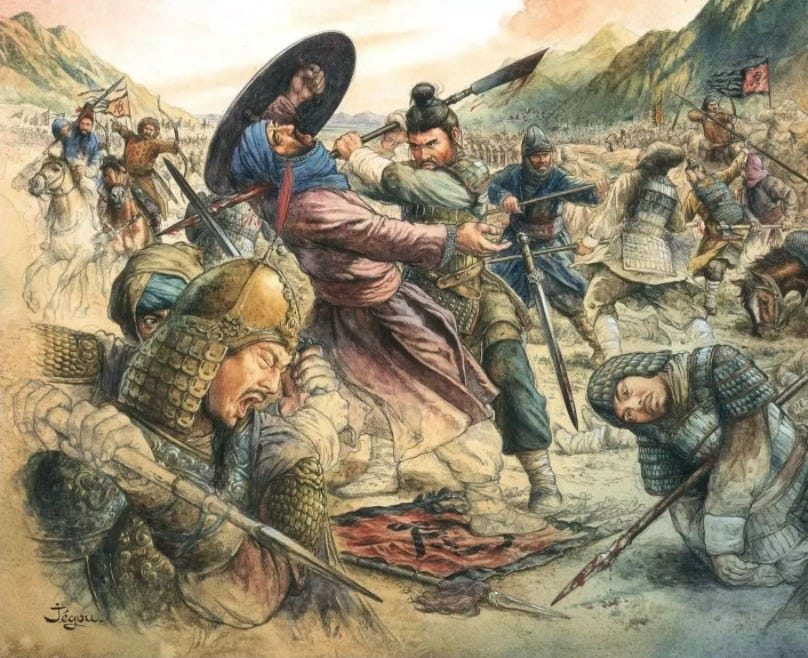Could There Have Been Another Course for China?
The Communist revolution wasn’t the only way
Considering what might have been in history may seem idle speculation, but it can provide some perspective of turning points. Fourteen hundred and seventy years ago, the Tang dynasty’s rapid march westward was halted by defeat at the Battle of Talas (pictured above), now on the Kazakh-Kyrgyz border, by the army of the Arab Abbasid empire – though compos…
Keep reading with a 7-day free trial
Subscribe to Asia Sentinel to keep reading this post and get 7 days of free access to the full post archives.


